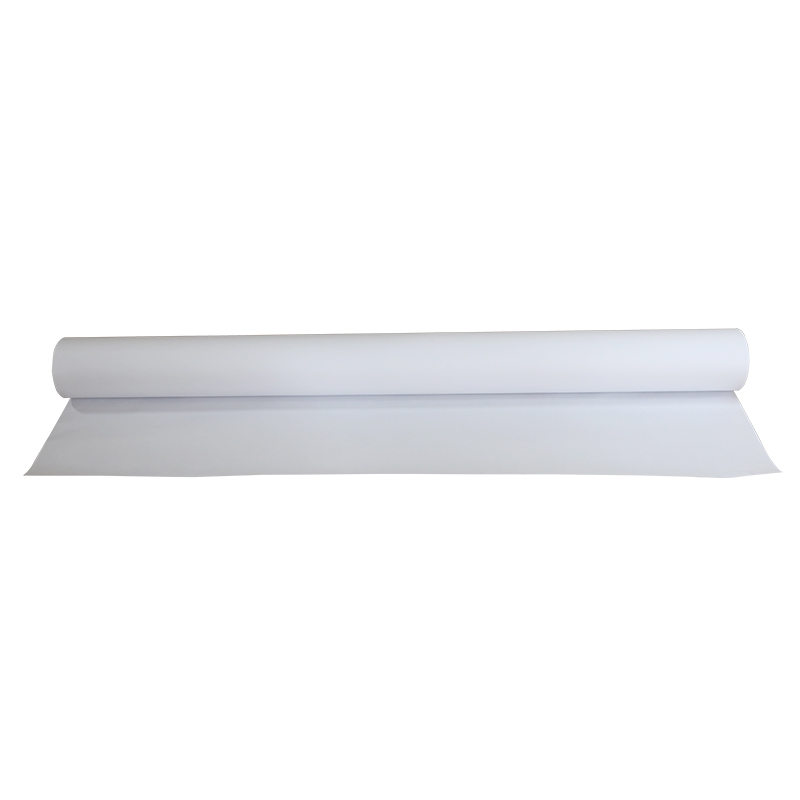PU foam Kraft paper is an eco-friendly material that is designed to be used over and over again. The patented technology combines a kraft paper layer with a PE film, which helps to reduce the amount of chemicals used during the polyurethane production process. This means that less chemistry is wasted, which in turn saves manufacturers both time and money. The product is 100% recyclable, and it is also more resistant to the effects of UV light.
The kraft paper layer is made from a blend of virgin fibers and recycled materials, often referred to as 'Test materials', which are derived from in-process waste and from cases and trays collected from supermarkets and other outlets. The 'Test' papers are characterized by their relatively high level of virgin fibers and low levels of recycled content (usually a maximum of 30%). The kraft paper layer is thicker than conventional sacks and has a glossy surface that resists the penetration of liquids, thereby allowing it to be rolled into a tube for easier handling.
It is also dimensionally stable and can be machine glazed for better printability and grease resistance. It is available in a wide variety of thicknesses and finishes, and it can be laminated with plastic or foil for enhanced strength or moisture protection. It is often used in the food industry as a liner for bakery products.
Retail shopping bags are commonly manufactured from kraft paper, which has one of the highest strength-to-weight ratios in the packaging industry. These paper bags are usually white, printed or unprinted and may be machine glazed, grease resistant, or ribbed. They are used to carry a variety of retail items, including candy, greeting cards, and small, lightweight goods.
Kraft paper has the potential to offer a unique pore structure that can be exploited for the pyrolysis of hydrocarbons, yielding novel carbon materials with energy storage and reversible specific capacities. This capability is based on the fact that, unlike traditional carbon aerogels and foams, which have a cellular microstructure, the porosity of kraft paper derives from the loose packing of long cellulosic fibers sourced from renewable non-food biomass e.g. softwood pulps. This microstructure can be assembled into macroscopic lattices through additive manufacturing and pyrolyzed into Paper-Derived Architected Carbon Foams (PDACF) with unparalleled combinations of strength, compressive resilience, and energy absorption.
To demonstrate the ability of kraft paper to be used as a source of porosity for the manufacture of PDACF, the researchers produced a series of closed and open-cell PDACFs with varying percentages of lignin-based polyol. The resulting structures were characterized by GPC, FT-IR, H1, C13, and NMR. The results indicated that the lignin-based polyols could replace up to 40% of the commercial sucrose-based polyols in polyurethane foam, while maintaining the same mechanical properties as the controls. In addition, the lignin-based polyols demonstrated excellent reversibility in Li-ion batteries with reversible specific capacities of up to 140 mAh/g over 300 cycles. This was comparable to graphite electrodes, but surpassed the performance of other porous carbon materials.

